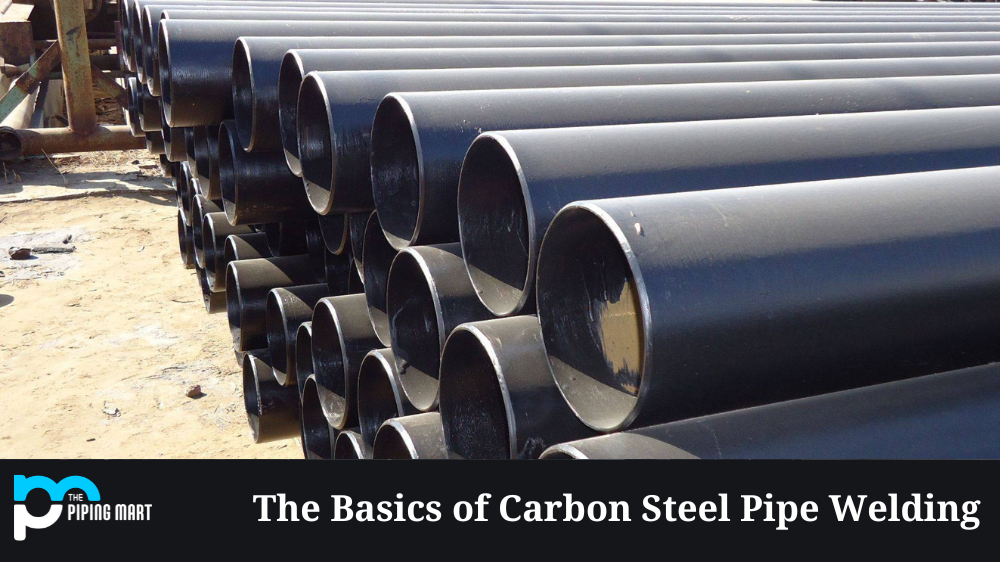If you’re an experienced welder and metal worker, you’ve likely come across carbon steel pipe welding. Carbon steel pipe is one of the most popular materials used in commercial and industrial applications. It’s strong and durable but can be difficult to weld. Here, we’ll discuss the basics of carbon steel pipe welding so you can confidently approach your next project.
Welding Prerequisites
Before beginning any welding project, it’s important to ensure that all safety guidelines are followed strictly. Working with high temperatures and powerful equipment requires safety precautions to prevent accidents or injuries. Make sure to wear appropriate protective gear, such as a welding helmet and gloves, when working with carbon steel pipes. Additionally, ensure that your work area is well-ventilated to reduce the risk of inhaling toxic fumes generated during the welding process.
Once the safety requirements have been met, the next step is preparing the surface of the carbon steel pipe for welding. Use a wire brush or grinding wheel to remove any rust or dirt from the surface before starting work on it. This will help create a clean surface, making it easier for you to achieve a good weld joint on the first attempt.
Once you have prepped the surface, you need to determine what type of joint will be needed for your specific application. There are two main types — butt joints, which are joined together at their ends, and lap joints, where two pieces overlap one another rather than lining up directly against each other like in butt joints. Depending on your application, one type may be better suited than another. Also, consider factors like wall thickness when deciding which type of joint is best for your project.
Finally, please select an appropriate filler material for your weld bead based on its composition and strength requirements. Commonly used filler materials include low-carbon mild steel electrodes or flux core wires specifically designed for use with carbon steel pipes. Selecting a filler material compatible with your base material and application will help ensure optimal results from your welds while also extending their service life considerably.
Welding Process
Step 1
The first step in the carbon steel pipe welding process is to prepare the pipe for welding. This involves cleaning the pipe to remove any dirt, grease, or other debris that could prevent the weld from adhering properly. The next step is to align the two pieces of pipe that will be joined together and tack weld them in place.
Step 2
The next step is to actually weld the two pieces of pipe together. This is done by heating the two pieces of pipe with an arc welder until they are glowing red hot. Once they are hot enough, a filler material is added to the joint and melted into place. The filler material will cool and harden, joining the two pieces of pipe together.
Step 3
After the weld has cooled, it needs to be inspected for any defects. This is typically done with a magnifying glass or microscope. Any defects that are found need to be repaired before the pipe can be used.
Step 4
The final step in the process is to sand down any rough edges on the weld joint. This ensures that there are no sharp edges that could cause injury. Once all of the rough edges have been removed, the carbon steel pipe is ready for use.
Conclusion:
Carbon steel pipe welding is essential for any experienced welder or metal worker who regularly works with this durable material. With proper preparation, attention to detail, and the use of an appropriate filler material, strong, reliable welds can be achieved quickly and easily. Keep these tips in mind when approaching future projects involving carbon steel pipes so that you can get great results every time!

Pipingmart is a B2B portal that specializes in metal, industrial and piping items. Additionally, we share the latest information and information about materials, products and various types of grades to assist businesses that are involved in this business.




